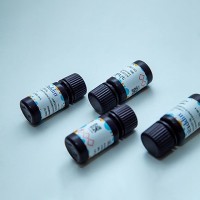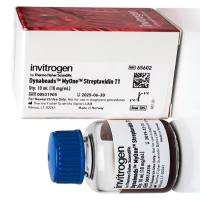Dynabeads® Co-Immunoprecipitation Kit
互联网
实验原理
实验试剂
Dynabeads® Co-Immunoprecipitation Kit
Mixer allowing rotation or tilting of tubes.
实验步骤
1. Weigh out the appropriate amount of Dynabeads® M-270 Epoxy
2. Wash the beads: Add 1 ml of C1 to the beads and mix by vortexing or pipetting.
5. Add the appropriate volume of C2 and mix by vortexing or pipetting.
7. Place the tube on a magnet. Allow the beads to collect at the tube wall. Remove the supernatant.
注意事项
1. Scale of Co-Immunoprecipitation







